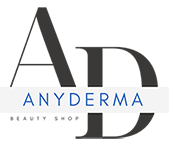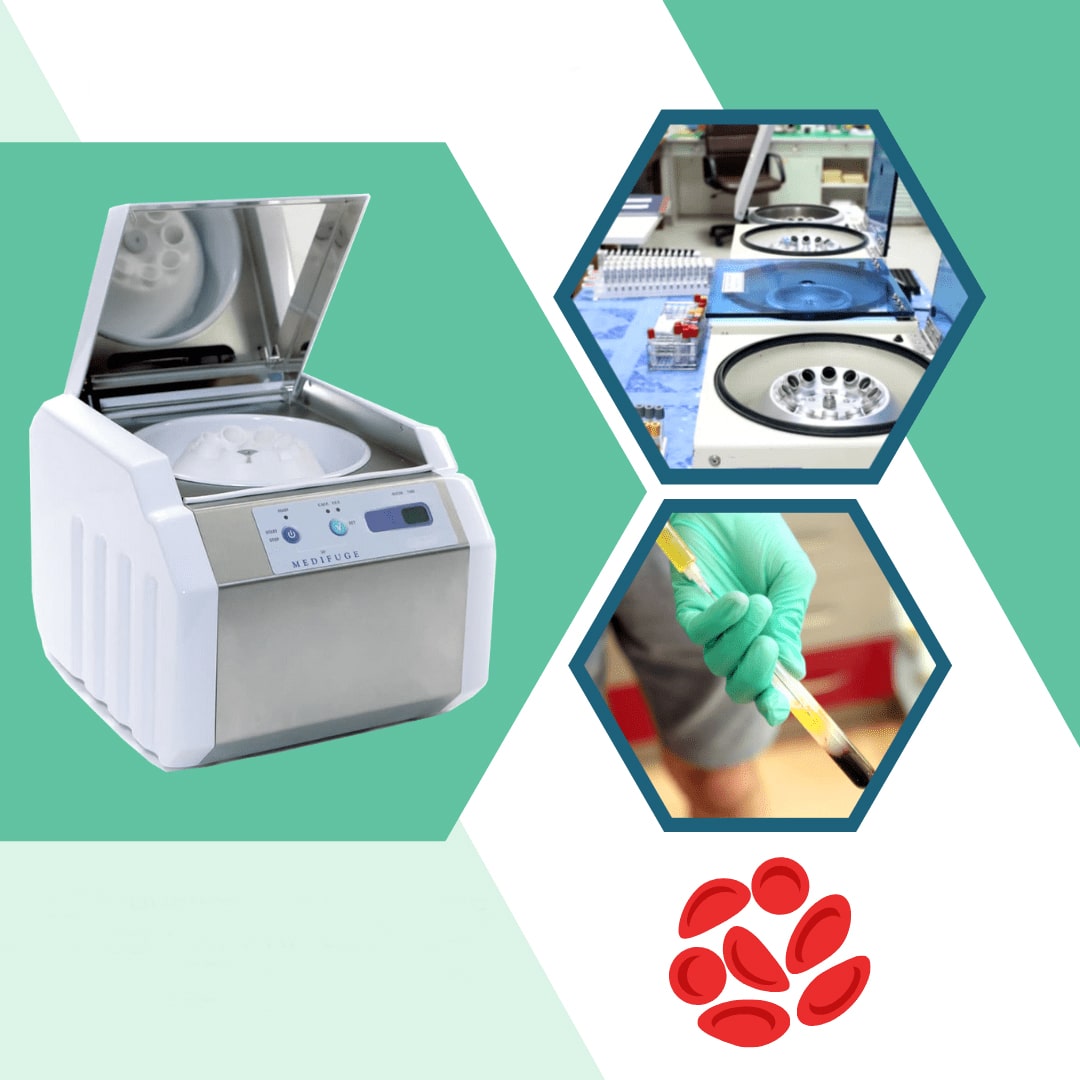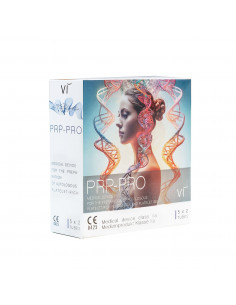How does PRP treatment work and what preparations are necessary?
In a PRP treatment, blood is drawn from the patient, which is centrifuged to obtain Platelet Rich Plasma (PRP). The PRP is then injected into the affected region. Preparations include thoroughly educating the patient about the treatment process, gathering necessary medical information and performing preliminary tests, if necessary.
What conditions or injuries can be treated with PRP?
PRP can be used to treat a variety of conditions and injuries, including tendon and ligament injuries, osteoarthritis, joint pain, muscle injuries, wounds and even hair loss.
Are there any contraindications or risks to using PRP?
Although PRP is generally safe, there are some contraindications that need to be considered, such as blood clotting disorders or acute infections. Side effects such as temporary swelling, pain or infection may also occur. A comprehensive assessment of the patient and their medical history is important to minimize potential risks.
How many sessions are usually needed to achieve optimal results?
The number of sessions required depends on the patient's condition and individual response. Generally, several sessions are recommended, spaced a few weeks apart, to achieve long-term results.
How long does the treatment take overall and how quickly can patients see improvements?
Treatment usually takes about 30 to 60 minutes per session. Results may occur at different rates depending on the condition and individual response. Some patients may feel improvement after just a few weeks, while others may need more time.
How is the cost of PRP treatment determined and how can it be reimbursed?
The cost of PRP treatment can vary depending on the clinic, location and extent of treatment. It is important to discuss the cost with the medical facility. Reimbursement options may vary from country to country and insurance to insurance.
What training or certification is required to offer PRP in my practice?
Training and certification requirements may vary by country and regulatory requirements. It is advisable to be aware of local regulations and attend appropriate training or continuing education when appropriate.
What equipment or supplies are needed to perform PRP treatments?
Special centrifuges for obtaining PRP and appropriate medical consumables such as sterile syringes, cannulas and containers are required to perform PRP treatments. The exact requirements may vary depending on the treatment method and medical facility.
Are there specific guidelines or protocols that should be followed to ensure optimal results and safety?
Yes, there are guidelines and protocols that should be followed to ensure optimal results and safety with PRP treatments. These may be issued by medical societies or specialized organizations. It is important to be aware of the current guidelines and implement them in your practice.
How can I educate my patients about the benefits and risks of PRP and address their questions or concerns?
Fully educating patients about the benefits, risks and potential outcomes of PRP is critical. Physicians should take the time to answer questions, explain potential risks, and provide realistic expectations. Informational brochures or patient guides can also be helpful to assist in the education process.



